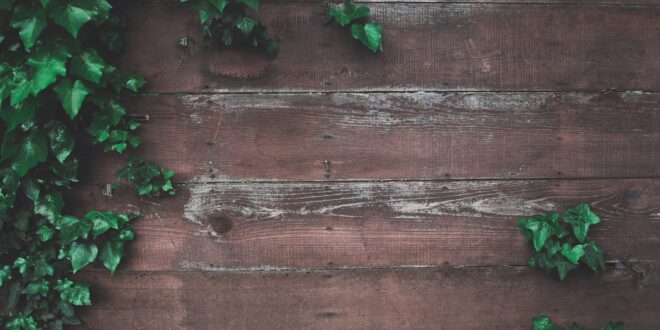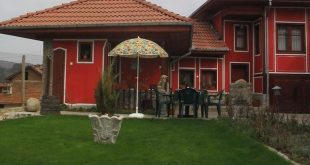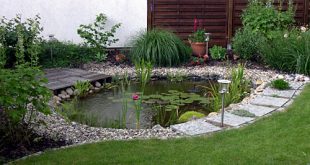Homeowners, landscape designers, and DIY enthusiasts alike can all agree that retaining walls play an important role in both the practical and aesthetic aspects of a garden. These walls are essential in holding back soil to create level changes but can also be used as design elements to add depth and texture to outdoor spaces. In this post, we’ll explore the different types of retaining walls and materials available, so you can choose the best option suited to your garden’s needs.
1. Gravity Retaining Walls
Gravity retaining walls are the most common type of retaining wall and are built to hold back soil without the use of any mortar or cement. These walls rely on their sheer mass and weight to support the soil. They can be made from various materials including stone, concrete, brick, or even wood. A downside of gravity walls is that they can be prone to bulging or leaning over time, especially if the soil is not drained correctly.
2. Cantilever Retaining Walls
Cantilever retaining walls are made from reinforced concrete and steel and are designed to hold back soil by way of a footing or base slab. They are much stronger than gravity walls and have a more stable structure. They are less prone to bulging or leaning and have the added benefit of being able to withstand higher pressure loads.
3. Anchored Retaining Walls
Anchored retaining walls are reinforced walls that use cables or anchors that extend from the wall into the soil behind it to increase stability. This type of wall is ideal for steep slopes or areas with high water pressure. However, it is more complex to install and may require special equipment on larger projects.
4. Materials for Retaining Walls
The material you choose for your retaining walls can have a significant impact on the overall look of your garden. Natural stone is a popular option, giving a rustic yet elegant look. Concrete blocks offer durability and flexibility in design. Wood can provide a warm, natural look but requires regular maintenance to avoid rotting or warping. Brick is a timeless choice that can create a classic look that complements many different styles of architecture.
5. Design Tips
Retaining walls can serve as design elements in gardens by creating terraces, raised planters, or entryways to different areas. However, it’s important to consider the visual impact of the wall, its location, and its material when choosing a design. For instance, a terraced wall can create a beautiful landscape and expand planting opportunities, while a raised planter can provide visual interest and a natural divide between different garden areas. Consider the garden’s current color palette, textures, and dominant straight or curved lines when designing your retaining wall.
Retaining walls not only serve a practical purpose in holding back soil in our gardens but also have an aesthetic purpose since they can be used to add depth and texture to outdoor spaces. When selecting the type of retaining wall and material, consider the garden’s existing style, your design preferences, and the required maintenance levels. The design of the wall should also create an opportunity to add visual interest and make the garden more functional. By following these guidelines and working with a professional landscaper if necessary, you can create a beautiful garden space that reflects your style and complements the exterior of your home.
 Happy at Home Family Problems & Solutions | Home & Health Tips
Happy at Home Family Problems & Solutions | Home & Health Tips





